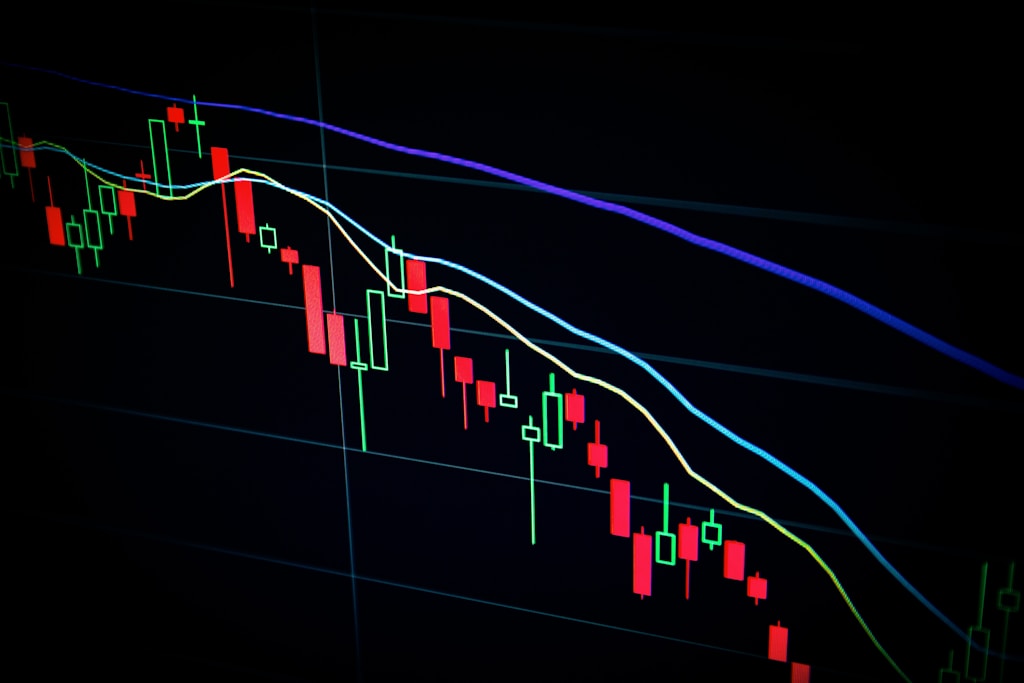Key Takeaways:
- Bitmain unveils groundbreaking 1.16 PH/s Bitcoin mining ASIC
- New efficiency standards push mining evolution forward
- Major implications for Bitcoin network security and decentralization
In a landmark development for the Bitcoin mining industry, Bitmain has unveiled its most powerful ASIC miner to date, delivering an unprecedented 1.16 petahash per second (PH/s) of mining power. This announcement, made at the World Digital Mining Summit, marks a significant leap forward in mining technology and efficiency standards.
This development comes at a crucial time, as Bitcoin’s network hashrate recently experienced significant volatility, highlighting the importance of continued innovation in mining technology.
Revolutionary Mining Efficiency
The new ASIC miner represents a quantum leap in Bitcoin mining capabilities, offering efficiency ratings that were previously thought impossible. With power consumption optimized for maximum performance, this development could reshape the competitive landscape of industrial-scale mining operations.
Market Impact Analysis
The introduction of this powerful new miner coincides with Bitcoin’s price stabilization around the $104K level, suggesting potential correlation between mining advancement and market stability.
SPONSORED
Maximize your mining profits with up to 100x leverage on perpetual contracts
Technical Specifications
The new miner features:
- Hash Rate: 1.16 PH/s
- Improved energy efficiency ratings
- Advanced cooling systems
- Enhanced durability features
Industry Implications
This advancement in mining technology could have far-reaching effects on:
- Network security
- Mining decentralization
- Energy consumption patterns
- Mining profitability metrics
FAQ Section
Q: When will the new miner be available for purchase?
A: Specific release dates and pricing details are yet to be announced by Bitmain.
Q: How does this affect current mining operations?
A: Existing operations may need to evaluate upgrade paths to remain competitive.
Q: What are the power requirements?
A: Detailed power specifications will be released with the official product launch.
Looking Ahead
The introduction of this powerful new mining hardware signals a new chapter in Bitcoin’s technological evolution, potentially influencing network security, decentralization, and the overall mining ecosystem for years to come.



